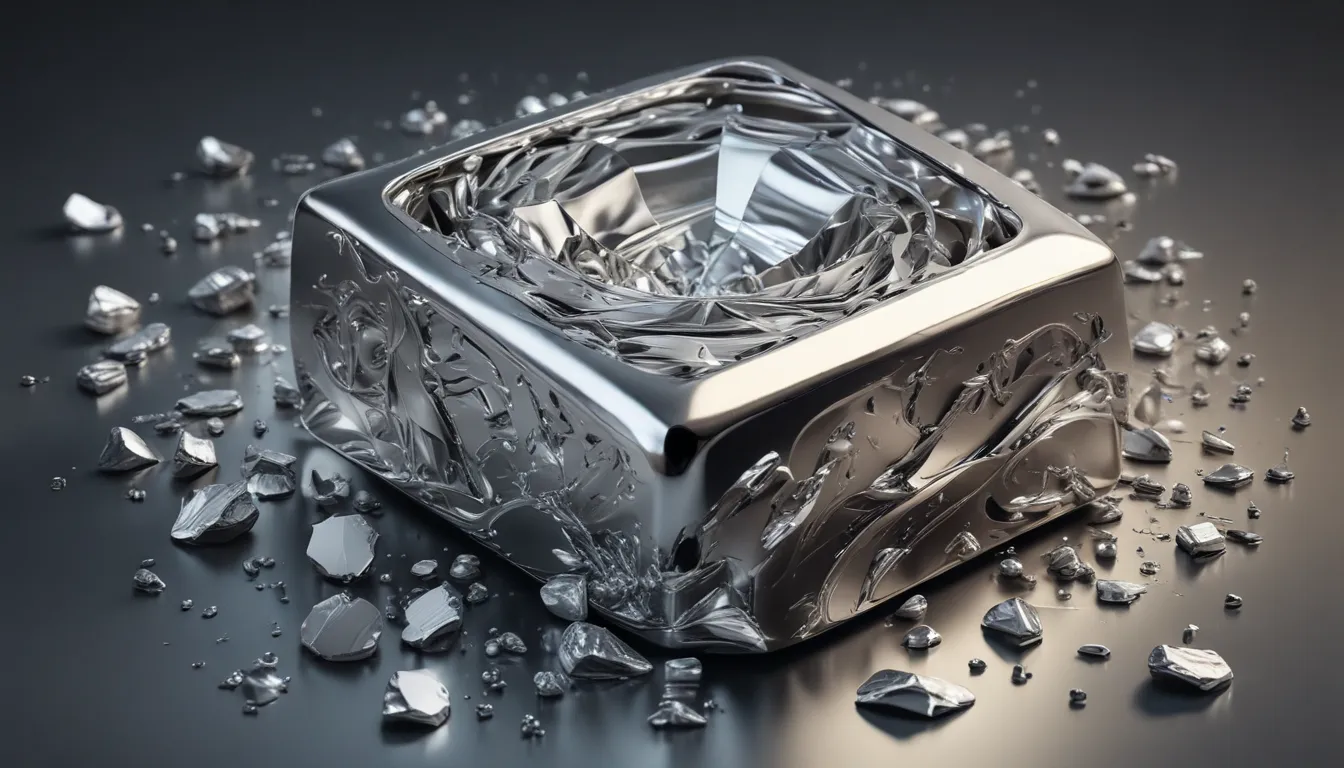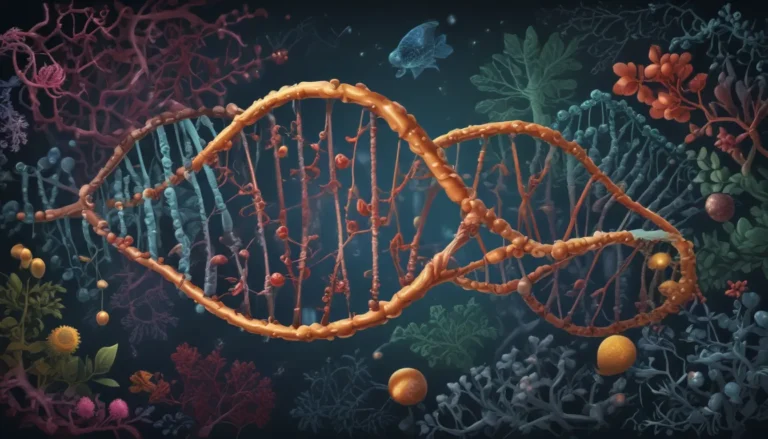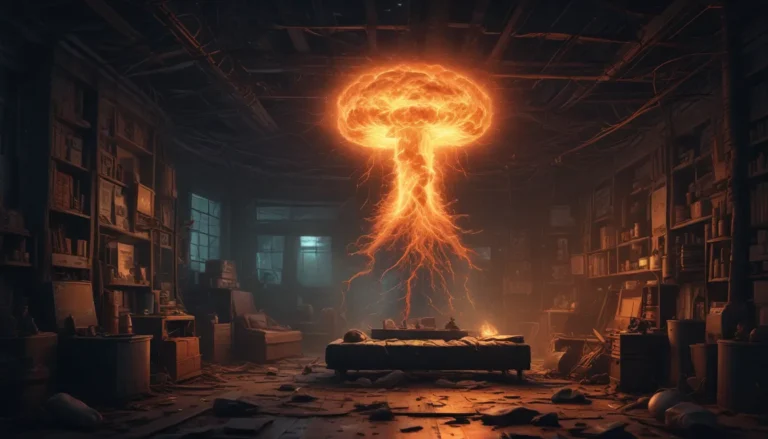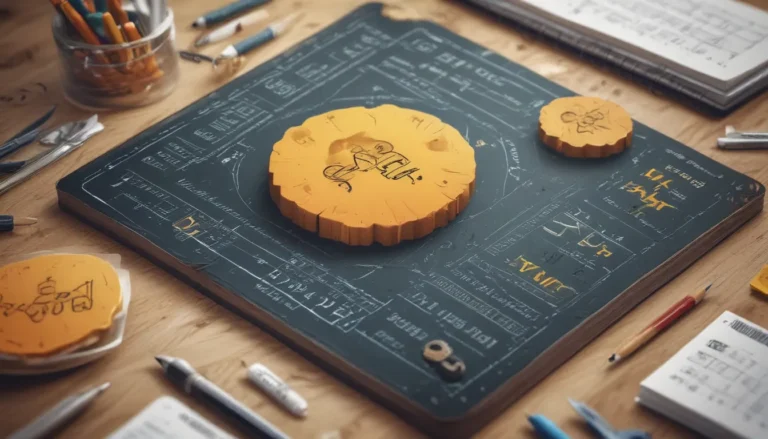A Note About Images: The images used in our articles are for illustration purposes only and may not exactly match the content. They are meant to engage readers, but the text should be relied upon for accurate information.
Are you curious about the allure of platinum, one of the most prized metals globally? Beyond its use in exquisite jewelry, platinum boasts a myriad of qualities that elevate it above other metals. From its exceptional durability to its scarcity in nature, platinum has captivated human interest for centuries. Not just a symbol of luxury, platinum plays a pivotal role in various industries, earning its status as a metal of both beauty and utility. Let’s delve into the enchanting world of platinum and discover some astonishing facts about this extraordinary element.
Unveiling the Mysteries of Platinum
Platinum, a precious metal renowned for its lustrous silvery-white hue and unparalleled resistance to corrosion, stands out in the realm of metals. Maintaining its integrity even at high temperatures, platinum is prized across industries ranging from jewelry to automotive. Its rarity and density contribute to its esteemed value and diverse applications, setting it apart from other metals.
Discovering the Origins of Platinum
- The majority of the world’s platinum supply originates from South Africa, representing over 70% of global production. Russia and North America also play significant roles in the platinum market. This metal is meticulously mined from deep underground deposits, often requiring extensive labor and time for extraction.
The Distinctive Qualities of Platinum
- Exceptional Resistance: Platinum exhibits unparalleled resistance to tarnishing and corrosion, even under extreme temperatures, making it ideal for high-end jewelry and industrial applications that demand durability.
- Density and Malleability: Its dense and malleable nature allows for intricate designs in jewelry making and precise applications in various industrial products.
- Catalytic Properties: Platinum’s catalytic properties are indispensable in automotive catalytic converters, aiding in the reduction of harmful emissions. This application consumes a significant portion of the annual platinum production.
Platinum Through the Ages
- The historic use of platinum can be traced back to ancient Egypt, where it adorned decorative pieces. However, it wasn’t until the 16th century that European scientists began comprehensively studying this remarkable metal. By the 18th century, platinum’s rarity and unique properties had captivated European royalty, making it a symbol of prestige and affluence.
Platinum: A Standout Among Precious Metals
- Rarity and Density: Unlike gold and silver, platinum is notably rarer and denser, contributing to its heightened value and cost. Its scarcity and the labor-intensive extraction process elevate it to a premium position in the metal market.
- Resilience and Longevity: The resistance of platinum to wear and tarnish makes it a preferred choice for enduring jewelry, distinguishing it from other precious metals that necessitate more maintenance.
Platinum’s Diverse Contemporary Applications
- Beyond Adornments: Platinum plays a critical role in various industries beyond jewelry. Its inclusion in catalytic converters aids in significantly reducing vehicle emissions, contributing to environmental preservation.
- Medical Marvel: In the medical field, platinum finds utility in pacemakers and chemotherapy drugs, underscoring its versatility and significance in advancing human health.
- Technological Marvel: The tech industry harnesses platinum for its conductive properties, enhancing the performance and durability of hard drives and LCD screens.
Unveiling the Investment Potential of Platinum
- Intrinsic Value: Given its rare nature and diverse applications, platinum is viewed as a valuable investment. However, its price can be volatile, influenced by mining challenges, market demand, and industrial utilization.
- Safe Haven: During periods of economic uncertainty, investors often turn to platinum as a safe haven asset akin to gold and silver.
Environmental Considerations in Platinum Production
- Environmental Impacts: The mining of platinum carries significant environmental consequences, including habitat destruction and water pollution. Efforts are underway to mitigate these effects and foster sustainable practices in platinum extraction.
- Recycling Initiatives: The recycling of platinum from automotive catalytic converters and electronic devices is gaining importance in reducing the ecological footprint of its extraction and processing.
The Promising Future of Platinum
- Technological Advancements: With evolving technology and escalating environmental concerns, the demand for platinum is expected to surge. Its role in renewable energy technologies, such as hydrogen fuel cells, positions it as a vital metal in the transition to cleaner energy sources.
- Exploring Novel Applications: Researchers are delving into innovative applications for platinum in nanotechnology and cancer treatment, potentially broadening its markets and enhancing its value further.
As we unveil the captivating allure of platinum, it becomes evident that this extraordinary metal continues to fascinate and serve humanity across various domains. From its historical significance in ancient adornments to its pivotal role in modern technological innovations, platinum epitomizes enduring value and potential.
Exploring the Marvels of Platinum: A Final Glimpse
The journey of platinum from an ancient artifact to a contemporary marvel is nothing short of extraordinary. This rare metal, with its unparalleled durability, resistance to corrosion, and vital role in numerous industries, underscores its invaluable contribution to our daily lives and the broader technological landscape. From catalyzing chemical reactions in vehicles to enhancing our aesthetic sensibilities, platinum remains a symbol of opulence, innovation, and sustainability. Its scarcity and the intricate extraction process add to its mystique and value, positioning it as a cornerstone in the advancement of technology, fashion, and healthcare. The saga of platinum is a testament to human ingenuity and the relentless pursuit of materials that shape our world.
Frequently Asked Questions about Platinum
Q: What sets platinum apart from other metals?
A: Platinum’s remarkable resistance to corrosion and high melting point, coupled with its rarity, make it an ideal choice for diverse applications, from jewelry to automotive catalytic converters.
Q: How does platinum contribute to technology and medicine?
A: Platinum’s excellent conductivity and stability make it indispensable in technology, while its biocompatibility renders it useful in medical devices such as pacemakers and dental implants.
Q: How rare is platinum in reality?
A: Extracting platinum is a labor-intensive process due to its scarcity and low concentrations in the Earth’s crust. Only a minute fraction of ore consists of platinum, making its extraction challenging and expensive.
Q: Why is platinum more valuable than gold?
A: In addition to its rarity, platinum’s durability and density contribute significantly to its value. Jewelry crafted from platinum is more long-lasting and resistant to deterioration than gold, contributing to its elevated worth.
Q: Is all platinum jewelry pure platinum?
A: While pure platinum is durable, it is relatively soft. Therefore, jewelers often alloy it with metals like iridium or palladium to enhance its hardness and workability. Typically, platinum jewelry contains around 85-95% pure platinum.
Q: How is platinum utilized in the automotive industry?
A: Platinum plays a critical role in catalytic converters in vehicles, facilitating the conversion of harmful emissions into less toxic substances. Its ability to catalyze chemical reactions at high temperatures is crucial in this application.
Q: Is investing in platinum a prudent choice?
A: Investing in platinum can be advantageous due to its scarcity and versatile applications. However, like any investment, it carries risks linked to market dynamics and technological advancements.
Q: How does recycling impact the value of platinum?
A: The recycling of platinum, especially from automotive catalytic converters, aids in meeting the demand for this precious metal. This sustainable practice not only conserves natural resources but also stabilizes the market value of platinum by supplementing the supply.
Our Commitment to Quality and Authenticity
At the heart of our endeavors lies the commitment to delivering reliable and engaging content. Each fact presented on our platform is a result of contributions from real users, enriching our database with a diverse array of insights and information. Our dedicated editors meticulously review every submission to uphold the highest standards of accuracy and authenticity. As you embark on your journey of exploration and learning with us, trust in our unwavering dedication to quality and credibility.






